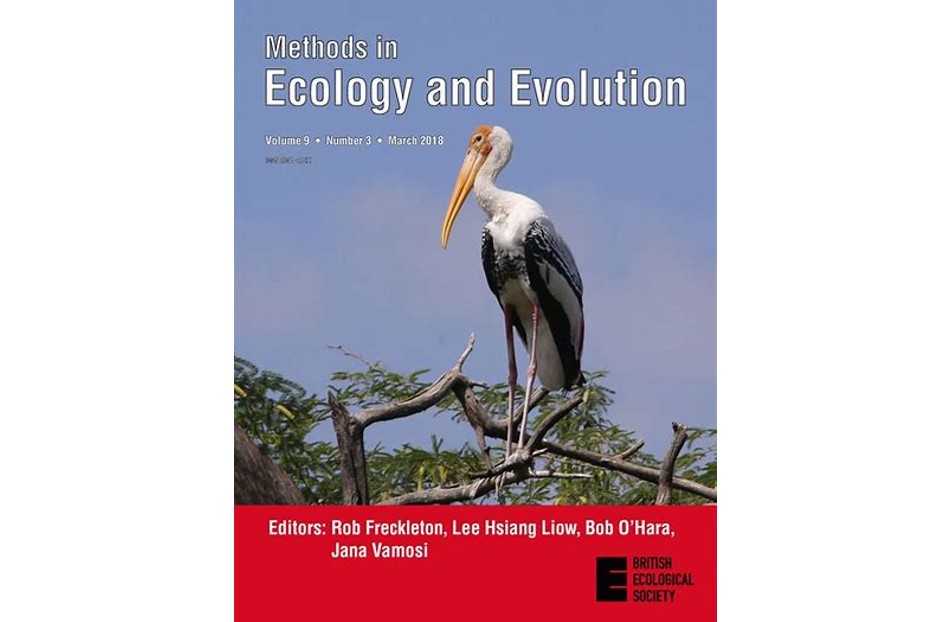Published in: Methods in Ecology and Evolution
Authors: Oliver C. Metcalf; John G. Ewen; Mhairi McCready; Emma M. Williams and J. Marcus Rowcliffe
Abstract:
- Conservation translocations are an important tool in wildlife management, but monitoring of translocations has traditionally suffered from a lack of techniques for effective postâ€release monitoring. Increasing understanding of postâ€release movements is vital in improving the success of translocations, but few methods exist to efficiently monitor highly mobile and cryptic species postâ€release.
- We present a novel approach to using dynamic occupancy modelling in combination with data derived from autonomous acoustic recording units to monitor the postâ€release behaviour of hihi (Notiomystis cincta), a threatened endemic bird, at a translocation site in New Zealand. The process of analysing large quantities of acoustic data was facilitated by using automated classifiers and manual validation, an approach that was both accurate and efficient.
- We find that this approach detects behavioural change consistent with the transition from exploration of a new site to territory formation. We identify that hihi territories at the study site were closely linked to watercourses, but were not related to distance from release site.
- We find that this method is able to effectively monitor postâ€release dispersal, and could provide a costâ€efficient and less invasive alternative to radiotracking for monitoring of vocal species.
You can find the article here
